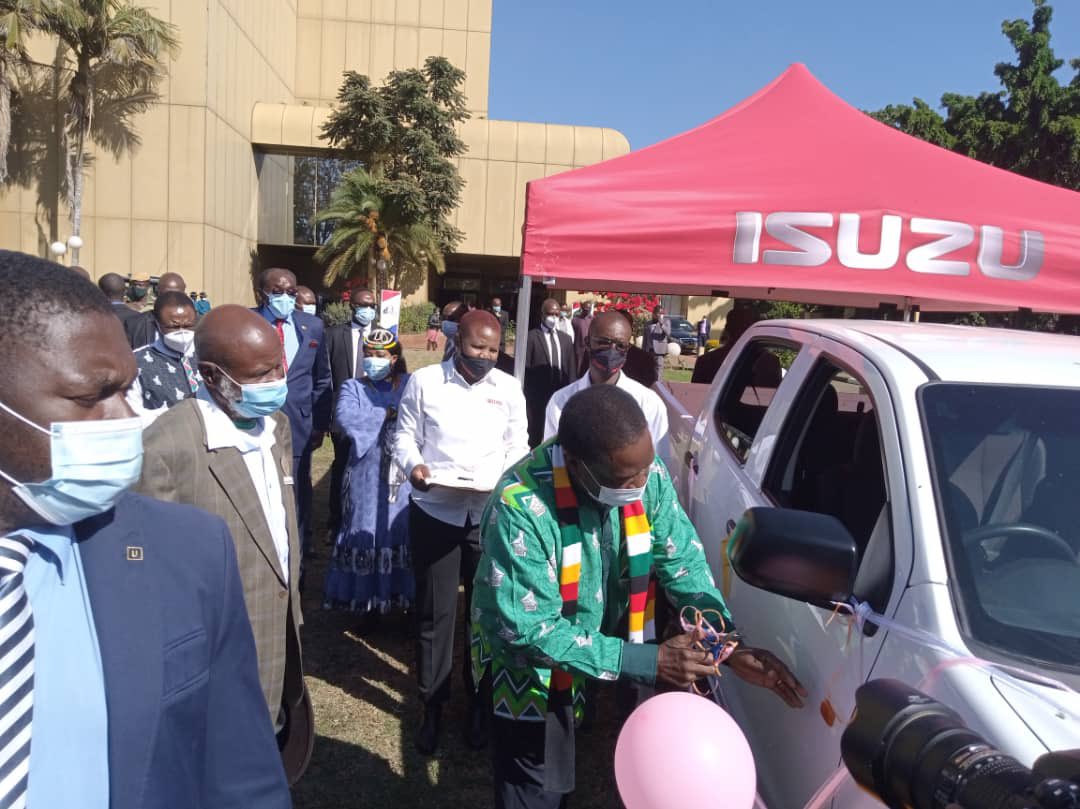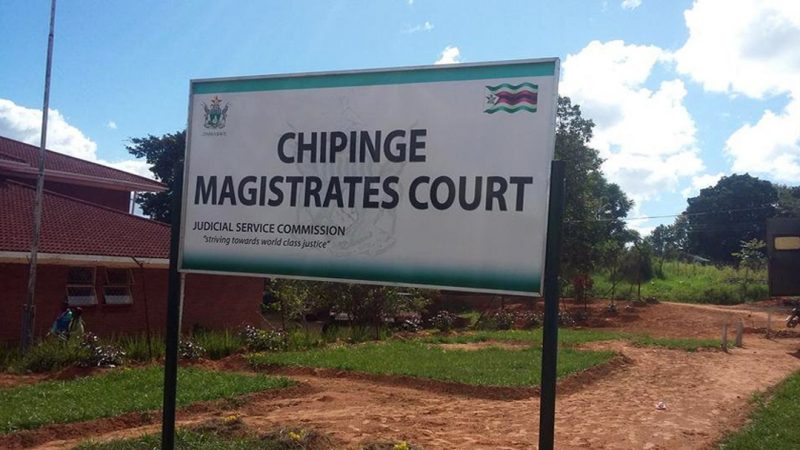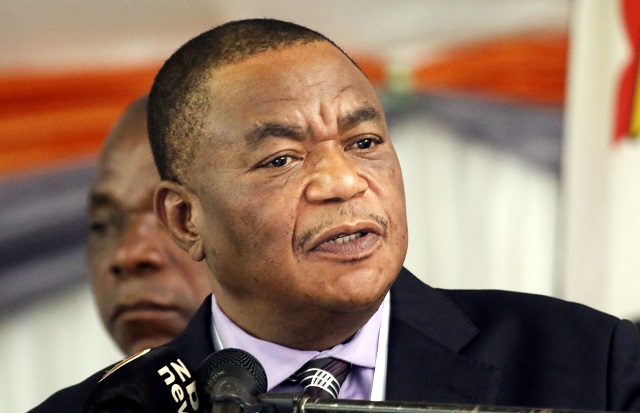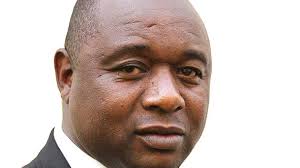HARARE – The National Chiefs Council has been caught in a vehicle scam after inflating prices for four Isuzu twin-cab trucks, with each vehicle gobbling about US$125,000 against a budget of US$50,000.
The country has over 270 chiefs, with each of them entitled to a State-funded all-terrain vehicle in addition to monthly cash allowances.
The Zanu PF government has also in the past rewarded most of the chiefs with tractors, with the cost passed onto the taxpayers through the Reserve Bank of Zimbabwe (Debt Resumption) Act of 2015.
According to Auditor-General Mildred Chiri’s 2018 report, there was no paperwork to explain the excessive expenditure on the vehicles when government had budgeted US$50,000 for each.
The report exposed massive rot in government that resulted in $7 billion unexplained expenditure.
The report added that the Fortune Charumbira-led Council of Chiefs bought four Isuzu KB250 D-Teq 4×4 double-cab vehicles on October 28, 2018, through the Paynet facility at a total cost of US$499,999.
“The exchange rate that was used was not specified. However, at the time of procuring the vehicles, the official exchange rate of ZWL to USD was one to one (US$1:ZWL$1),” part of the report read.
“Therefore, the vehicles were purchased for a total value of
US$499,999 with each vehicle costing US$125 000 and the supplier’s invoice dated October 29, 2018, quoted in US$, showed the total of US$499,999.”
Chiri added: “The procurement was based on resolutions made on June 26, 2017, by the State Procurement Board (ref SPB/C/5) and an amount of US$50,500 was approved for each vehicle, giving a total of US$202,000 for the four vehicles.
“The council, therefore, procured the vehicles at a cost that exceeded the authorised amount by US$297,000. No documentation was availed as authority to acquire the vehicles at a price higher than originally approved.”
The report also says market analysis revealed that the price for the same vehicles ranged from US$38,000 to US$70,000 as at January 19, 2021.
“Therefore, I was not satisfied that the entity got value for money out of this purchase,” Chiri added.
“This was against the provisions of section 22 of Public Finance Management (Treasury Instructions), 2019, which provides that it is the duty of every person responsible for the expenditure of public funds to safeguard the funds and ensure that they are spent only on legally authorised purposes.”
In its response, the Council of Chiefs said: “The procuring unit was not fully operational and we used the running tender at CMED to urgently procure four vehicles for the outstanding chiefs who had been appointed.
“All procurement is now done through the PMU [Procurement Management Unit]. Please note that the price on the tender is US$50,025 on June 22, 2017, but the quoted price per vehicle on October 29, 2018, was RTGS$125,000, so the two cannot be compared.”
In the report, the finance ministry blamed the Presidential Input Scheme and inflation for the government’s $7 billion unauthorised expenditure in 2019.
Treasury said the expenditures were “inescapable”.
“Treasury takes note of the observation wherein an excess of $6,8 billion transfers were made from the unallocated reserve,” Treasury
said.
“Please note, the additional expenditures accommodated were inescapable and these included additional salaries to most line ministries which proved inadequate due to cost of living adjustments and cushioning allowances awarded to civil servants and pensioners, subsidies that were introduced that had not been budgeted for eg, roller meal, support towards presidential input support schemes and the importation of grain.
“Additionally, the spike in inflation and changes in the exchange rate led to the increase in the costs of general government operations. Treasury is in the process of seeking condonation of the excess expenditure which will be submitted to Parliament within the set time frame as indicated in terms of Section 307(2) of the Constitution of Zimbabwe Amendment (No. 20) Act, 2013.”
Treasury said it was, going forward, putting in place mechanisms which would ensure adherence to budgetary allocations.
“… and a circular is to be issued indicating to all accounting officers that there is no room for additional resources outside the already approved resource envelope by Parliament.”
















